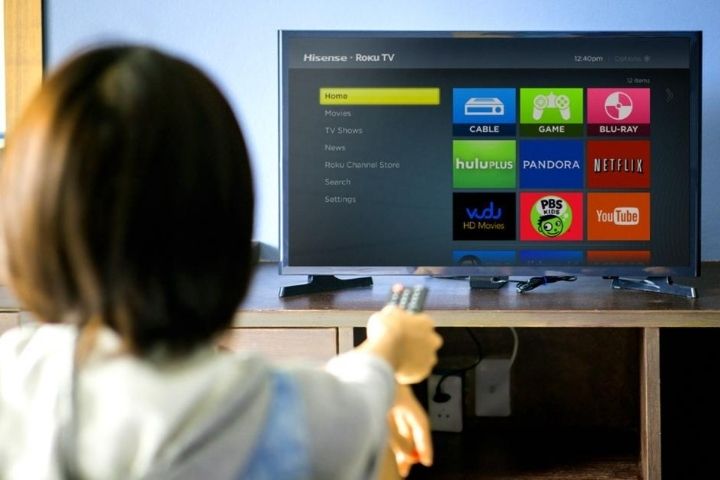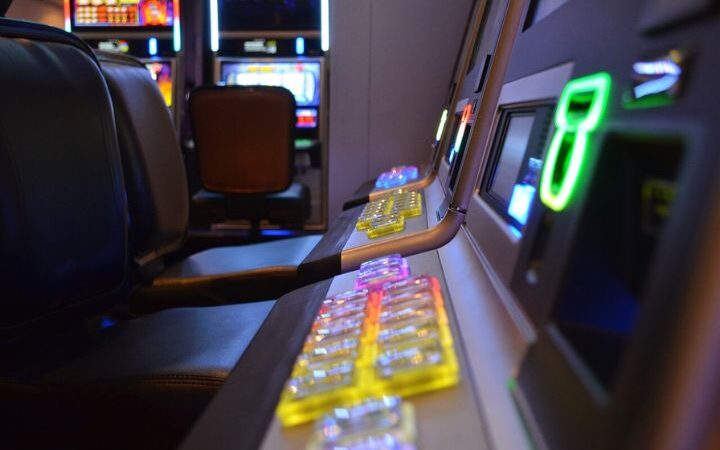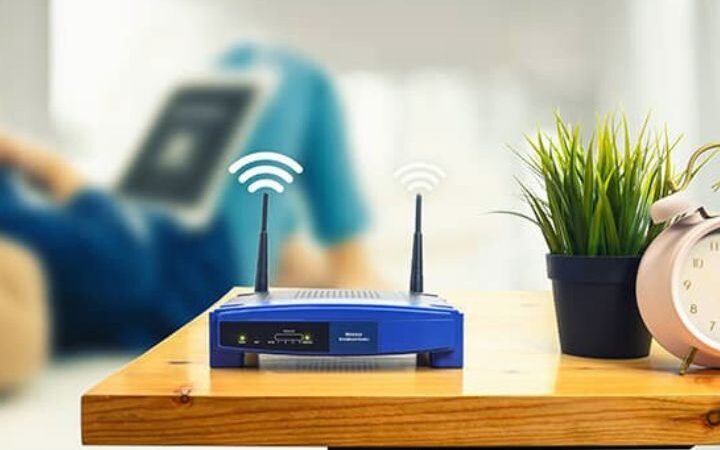The Most Popular Operating Systems For A Smart TV

Smart TVs have been a great revolution when it comes to enjoying television content. These modern televisions allow us to look directly into the digital world and the Internet, in which we can enjoy the contents of our favorite streaming platform, surf the net and do almost everything we would do with our computer, but with the comfort of doing it from our television.
However, to access all these functions, it is essential that the best Smart TV has an efficient operating system, that it facilitates access to all these functions and that it has the necessary compatibility to install the applications that we like the most.
So we are going to know which are the most current operating systems for a Smart TV and which manufacturers of Smart TVs work with each of them.
Table of Contents
Tizen
If we talk about Tizen, surely you have never heard the name before. But if we tell you that it is the operating system that Samsung televisions use, surely things are starting to become more familiar to you.
This operating system was originally developed for use on all types of devices such as smartphones, tablets and even laptops. However, Google’s voracious appetite has limited its presence exclusively to this segment.
As for its functions, the app offers a very visual interface and, although it does not have access to Google Play because it is based on Linux, it is true that it has a sufficient range of apps so that no basic application is missing. Something influenced by having a dominant position within the Smart TV segment, with a market share of 23%, according to 2018 data.
Web OS
If Samsung has Tizen, LG has Web OS. A proprietary system developed by the brand itself that, after going through a dark period, comes back to light thanks to LG. And is that this system was originally created by none other than Palm, back in 2009, to move their “smart phones.”
Later, HP would keep it, after buying the company, although a year later it would decide not to use it and release it to the market. It would be in 2013 when LG would choose this operating system to equip its smart TVs.
A measure that, over time, has proven to be an intelligent solution, as many users highlight the wide functionality of this system. Something that is shown in details such as its compatibility with HTML5 or Javascript, among other things.
But it is also appreciated in aspects such as the wide range of applications it offers, where not only is there no basic app missing, but there is also room for some novelties that we do not usually find in other operating systems.
It is also an interesting system if you are looking for advanced functions to operate the terminal with your mobile, to share files on your local network or to achieve better performance. All these functions are in the WebOs.
Something that is also noticeable in that extra security offered by its latest versions, which protects your Smart TV against the threats that currently loom over these devices.
My Home Screen 2.0
Behind the name My Home Screen 2.0 is “hidden” the Firefox OS operating system, this developer’s bet to enjoy all the functions of your device. This operating system maintains the image of the applications that Mozilla offers in other operating systems and that is probably familiar to you.
The application offers support for HTML 5, improved support and a wide range of functions, so that you do not lack access to your favorite app or your favorite streaming application.
However, if you are one of those who likes to navigate from the Smart TV, you will surely be interested to know that this operating system is one of the ones that best supports the display of web pages.
And it is also one of the most outstanding when it comes to adapting to changes. Something that is completed with a wide range of customization options, so it will not be difficult for you to make everything work the way you like it.
By the way, if you want to have this operating system, you can find it on Smart TVs manufactured by Panasonic, who for now is the only company that works with them. Regarding its market share, it is estimated at around 10% of the current Smart TV park.
And Of Course, Android
For those who prefer a different system, more versatile and with a greater capacity to do almost everything, the answer is Android. Specifically, this operating system is shown in two different versions.
One is its Android TV version, which is the specific mode of this operating system for use on Smart TVs. The other option is to resort to Android AOSP, a kind of hybrid operating system that is also used in these devices.
This application has the advantage of offering wide compatibility and having access to Google Play, so that it is very easy to install any application that we need, leaving aside the compatibility problems of other operating systems that we have discussed.
However, it is good to know that some of these functions may be limited, depending on what the manufacturer of the product has decided. Something that also has to do with the version of Android installed, although it can be updated with relative ease.
Among the manufacturers that have opted for this solution for their Smart TVs we have Sony or Sharp. It is also a frequent solution in televisions of lesser known brands, since it allows the manufacturer to focus on what they master and not waste resources in developing their own operating system, as happens with the large manufacturers. An approach that allows Android TV to currently have a market share of 40%.






